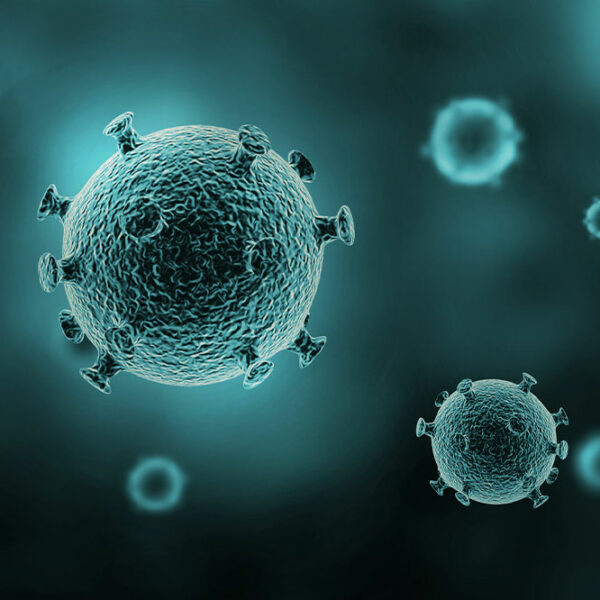
6 common types of digestive disorders
Paying attention to abdominal health is imperative for leading a healthy and fulfilling life. GERD and other digestive disorders can affect the quality of your life. Knowledge about such issues is an important tool that can guide you towards having a strong stomach. The right way to prevent digestive disorders like GERD is to maintain an active lifestyle and follow a disciplined meal plan. Here are the most common digestive disorders that affect people worldwide. Gastroesophageal reflux disease (GERD) GERD is a digestive disorder that needs prompt treatment to prevent complications. This condition is triggered by gastric acid that flows persistently from the stomach back up into the food pipe to the mouth. Weakening of the ring of muscle that lies between the esophagus and stomach is the cause. Symptoms of this health condition include heartburn, indigestion, bad breath, trouble swallowing, and, in some cases, issues with breathing. A few factors such as a high body-mass index, consuming too much caffeine, overeating, and eating a lot of chocolate and spicy foods can trigger or worsen the symptoms of this condition. Contact your healthcare provider when a digestive disorder like GERD starts interfering with your everyday life. The treatment of this condition aims to reduce the amount of reflux of stomach acid. While GERD is not a life-threatening disorder, chronic inflammation of the esophagus can lead to serious digestive issues.









